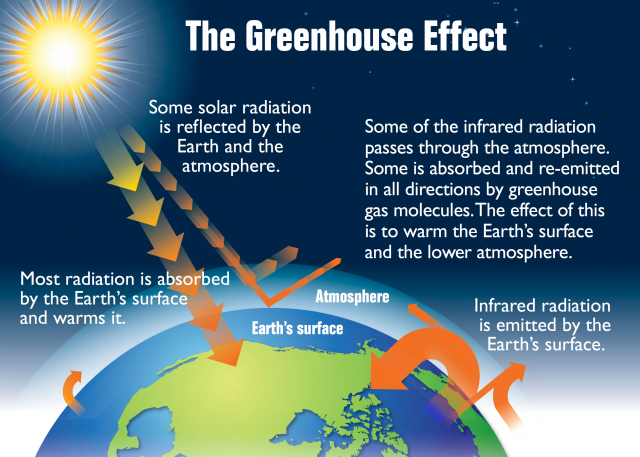HAPPY FALL!!!

The best part of the year is just beginning! Prepare for a season full of football, comfy sweaters, pumpkin spice lattes, HomeGoods and T.J. Maxx runs, the color-changing of the leaves, and weather that begins to cool down from its warm predecessor, but is somehow just right. The love for fall has shown to be widespread around the United States, with 45% of Americans declaring it to be their favorite season. This is nearly double the next favorite (Summer with 24%) according to a recent survey from ValleyPenguin. Why do Americans love this season so much though?
If you’re here now, you are most likely aware (I hope) that this blog is about diving into the scientific explanations of what constitutes the world. Whether or not you’d like to admit it, there’s a scientific explanation for almost anything, and explaining the psychology of why most of the country holds this opinion of fall is no exception.
The psychology behind this phenomenon can stem from multiple factors like perception, weather, and comfort, just to name a few. The perception the majority of people tend to hold for autumn comes from past experiences and nostalgia that pre-condition them to feel excited. We begin to anticipate events like Halloween, decorating our houses, going back to school, and seeing friends that condition us to unconsciously make associations with these times that make us the happiest, building the excitement up to fall.
However, just as there are positive perceptions of fall, there are also those that associate the very things that are seen in a positive light by another with a sign that things are turning to the worse. Psychologist Kathryn Roecklein at the University of Pittsburgh’s Department of Psychology claims that “People who are dreading the winter are not able to enjoy all these fall holidays and all the things that the broader population loves,..“ and feel disconnected from the paradise of the world perceived by others, trapped in their negative associations of the season.
One anatomical contributor that is very interesting to observe is the idea that the cooling of temperatures has a stimulating effect on our brains. Generally, normal brain functions like forming memories, thinking, and learning are linked to internal glucose levels and efficiency in the brain (Harvard Medical School). In the summer, the brain uses up this glucose from the brain to cool down the body which can lead to effects like fogginess and decreased brain efficiency. Cooler temperatures have shown an increase in clarity and preservation in glucose levels, facilitating normal brain functions, according to psychologist Yasmine Saad. If you’re having trouble concentrating this fall from school or work, try taking a walk outside to breathe and regain some clarity. Take a look at the scenery and flora around you as a bonus!

Finally, the social aspect of comfort can play a role in a favorable opinion towards this season. The transition from summer to fall oversees the shift from bikini season to the classic sweater weather. With the colder weather comes a decrease in pressure to maintain the “ideal body” type that typically leads to negative self-image and body shaming during warmer seasons. This climate calls for warmer clothes and the normalization of bulk clothing that decreases harmful stereotypes that can bring a level of comfort towards this point in the year for individuals.
Overall, an affinity for fall is very common in the United States due to the culture and the perceptions built around it by the individual, however, it is not for everyone. It can have an effect on increased brain efficiency and clarity that can increase productivity during colder climates, which paired with nostalgia can make this part of the year more desirable to others.
______________________________________________________
Sources:
https://www.verywellmind.com/the-psychological-reason-why-we-love-fall-so-much-5205863
https://www.eviemagazine.com/post/the-psychological-scientific-reasons-on-why-we-love-fall-autumn
https://www.cbsnews.com/minnesota/news/fall-is-americans-favorite-season-survey-shows/
https://hms.harvard.edu/news-events/publications-archive/brain/sugar-brain




